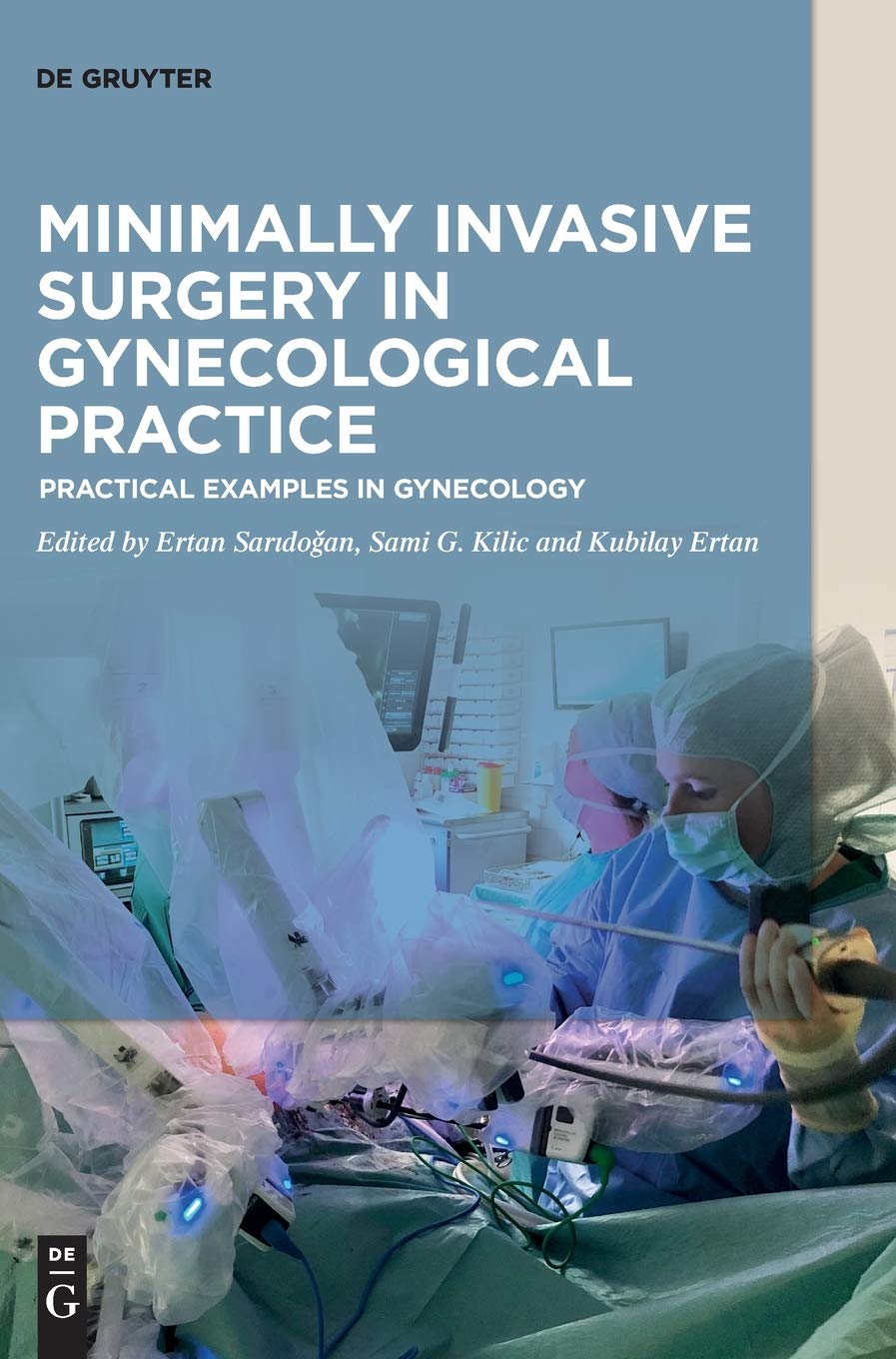

Most ebook files are in PDF format, so you can easily read them using various software such as Foxit Reader or directly on the Google Chrome browser.
Some ebook files are released by publishers in other formats such as .awz, .mobi, .epub, .fb2, etc. You may need to install specific software to read these formats on mobile/PC, such as Calibre.
Please read the tutorial at this link: https://ebookbell.com/faq
We offer FREE conversion to the popular formats you request; however, this may take some time. Therefore, right after payment, please email us, and we will try to provide the service as quickly as possible.
For some exceptional file formats or broken links (if any), please refrain from opening any disputes. Instead, email us first, and we will try to assist within a maximum of 6 hours.
EbookBell Team

5.0
50 reviewsGynaecological practice has changed fundamentally in the last
three decades and a large proportion of major pelvic operations has been
replaced by minimally invasive approaches. This book will cover
minimally invasive approaches in all aspects of gynaecology including
general gynaecology, oncology, urogynaecology and reproductive medicine.
The chapters are written at a level appropriate for trainees/residents
and general gynaecology specialists but enough details and additional
resources will be provided for those who require further information.
Specific aim of the book is to provide direct to the point surgical
pearls which can be adapted to the daily practice instantly by the
target audience.
The book includes chapters on
relevant surgical anatomy, principles of MIS, management of camera
systems, video/image editing, initiating a successful MIS practice,
improving efficiency of current MIS program, how to develop successful
teaching techniques in academic setting, avoiding & managing MIS
related surgical complications and preoperative/postoperative care
before covering MIS for individual conditions including intensive care
managements. Chapters are written by world renown authorities.
ACOG
guideline recently published a statement recommending vaginal
hysterectomy and endoscopic hysterectomy should be considered as a first
step of surgical choice. Current practice has been shifting from open
cases to laparoscopic/ robotic assisted cases while vaginal cases stays
steady. This shift has created an urge among gynaecologists to learn,
improve or adapt laparoscopic/ robotic techniques in their practice.